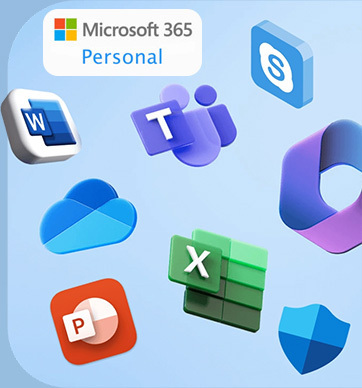The discontinuation of copper lines in several areas countrywide is set to begin in less than two months.
While ADSL has long been a staple for South Africans wanting to connect to the Internet – especially the early adopters – they will have to start thinking about alternatives.
In an announcement sent out to its IPS customers, Openserve says that it will discontinue ADSL services in areas that are covered by the company’s Fibre network on 1 September 2020, with affected customers across all provinces.
It further calls on ISPs to ensure that affected customers are migrated to other forms of connectivity before the cut-off date.
While the shutting down of copper lines that carry traditional voice and ADSL connectivity was first mentioned over a year ago, this decision now makes it a reality.
It is old technology that is difficult to maintain, is not as reliable, and is no longer suited to meeting the Internet bandwidth requirements of users in a digital age.
This is especially true under the current circumstances, with many employees having to work from home as a result of the lockdown restrictions, and discovering the limitations of using ADSL or even mobile/fixed-mobile as their primary means of connecting to the Internet – the former not being fast enough, and the latter not being affordable or stable enough.
Why Fibre is the better technology
Remote working has seen an explosion in the use of online productivity tools and applications, as well as video conferencing, all of which require a quality broadband connection. More importantly, unlike just consuming media – such as streaming a TV series or movies – working from home also requires that users upload huge volumes of data.
With Fibre, they can not only choose whether their line speed and whether their package is capped or uncapped, but they can also select if they want a service that is symmetric – with the bandwidth equally shared between uploads and downloads – or asymmetric – with more bandwidth set aside for data traffic in one direction, usually for downloads.
In addition, Fibre offers line speeds that far exceed what was available on ADSL, with some network operators offering up to 1Gbps – or up to 100 times faster than the standard 10Mbps copper line.
As for mobile or fixed-mobile connectivity options, they simply cannot match Fibre when it comes to the cost-effectiveness of uncapped packages, the per-gigabyte cost of data, or even in terms of offering lower latency.
Then, there is the issue of contention – the more people that connect to a cellular base station, the slower the network speed becomes.
Beyond helping those working from home, switching to Fibre is ideal for the modern household, with family members having multiple devices, streaming on-demand video content, and making personal voice and video calls.
Furthermore, online gamers will know that one of the biggest issues affecting their gameplay is latency, which is especially noticeable when using ADSL or mobile connections – making Fibre the only effective option.
Switching made easy
Some of the reasons why people have been hesitant to move away from their traditional ADSL lines include a lack of familiarity with new technology, a perceived inconvenience resulting from having to switch, as well as not wanting to lose their existing telephone line and number.
To make things easier for consumers, some ISPs are beyond just simple providers of internet connectivity, and can easily provide these customers with a voice over Internet Protocol (VoIP) line, with number portability making it fully possible for them to retain their existing telephone number.
Switching to VoIP further allows them to make calls, locally and internationally, at lower rates than their existing landline connection.
As user behaviour shifts toward a more digital lifestyle, including working from home, consuming more online services, watching video content in higher quality, and adding more Internet of Things devices – think of connected security cameras, or smart lighting and smart locks that allow for keyless entry – Fibre will be critical to connecting all of these different elements.
Fibre providers have recognised this demand for high-quality broadband, and some have made it a strategy to extend their networks beyond the main urban centres in South Africa. But for the rest of us, the decision around Internet connectivity should be fairly straightforward: if you live in a neighbourhood that has Fibre coverage, you should switch to Fibre as soon as possible.












